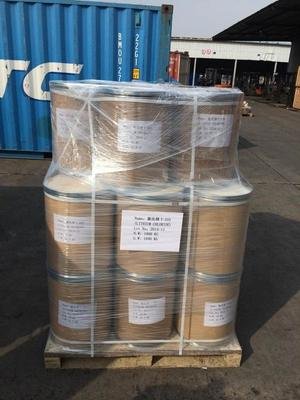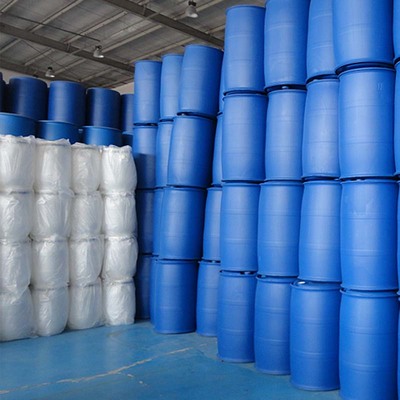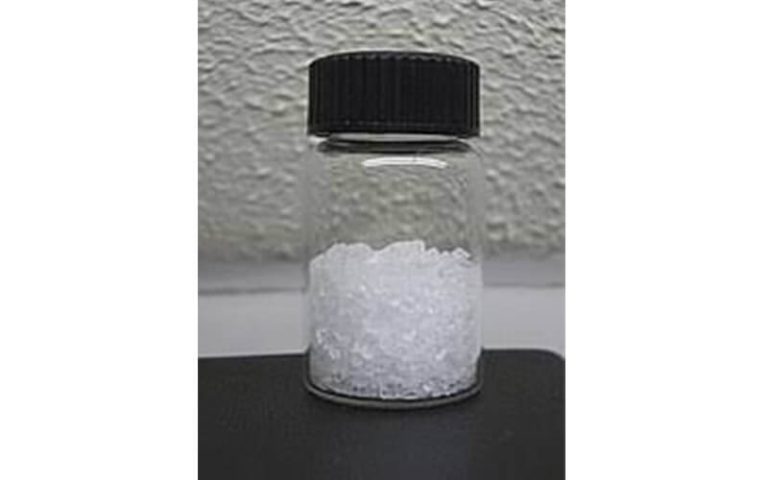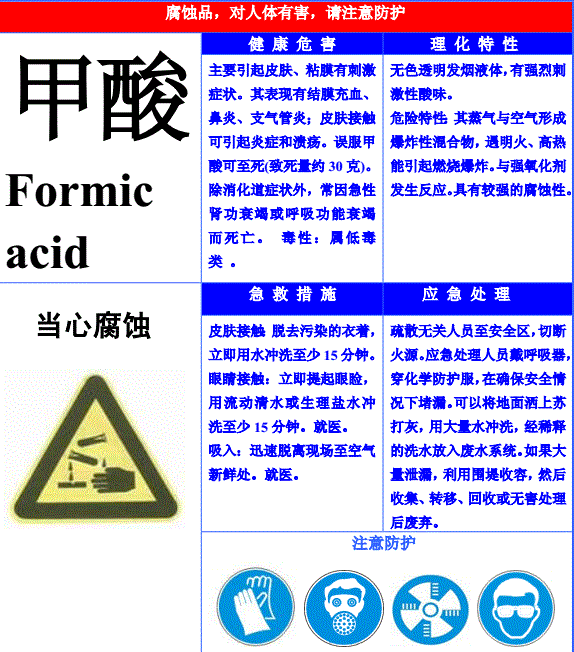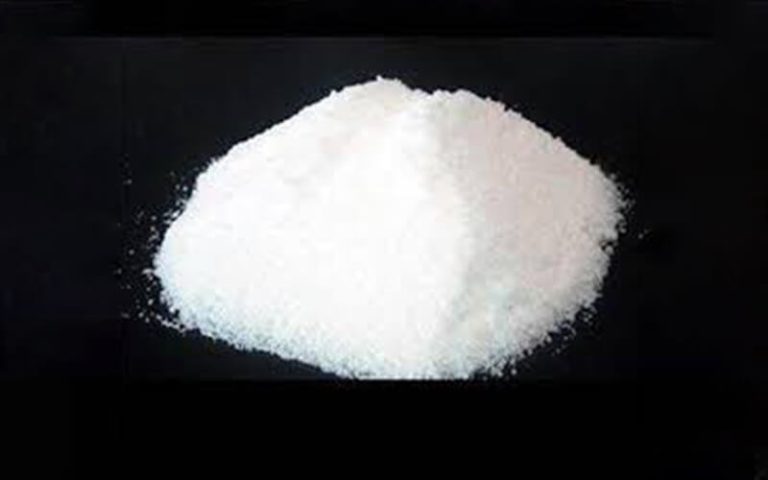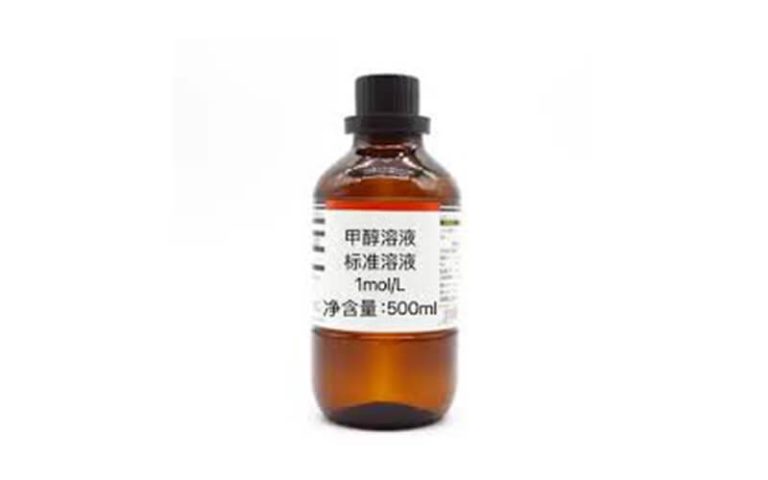What Color Does Lithium Chloride Burn? (Crimson Flame Explained)
Understanding Flame Tests Flame tests are a fascinating way to uncover the hidden identity of different elements using their unique light signatures. By heating a sample, elements emit colors distinctive to their atomic structure. This seemingly magical color display is rooted in the fundamental behavior of electrons and energy. How Electrons Emit Light At the…

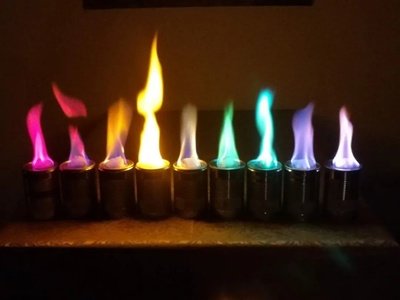
.jpg)
